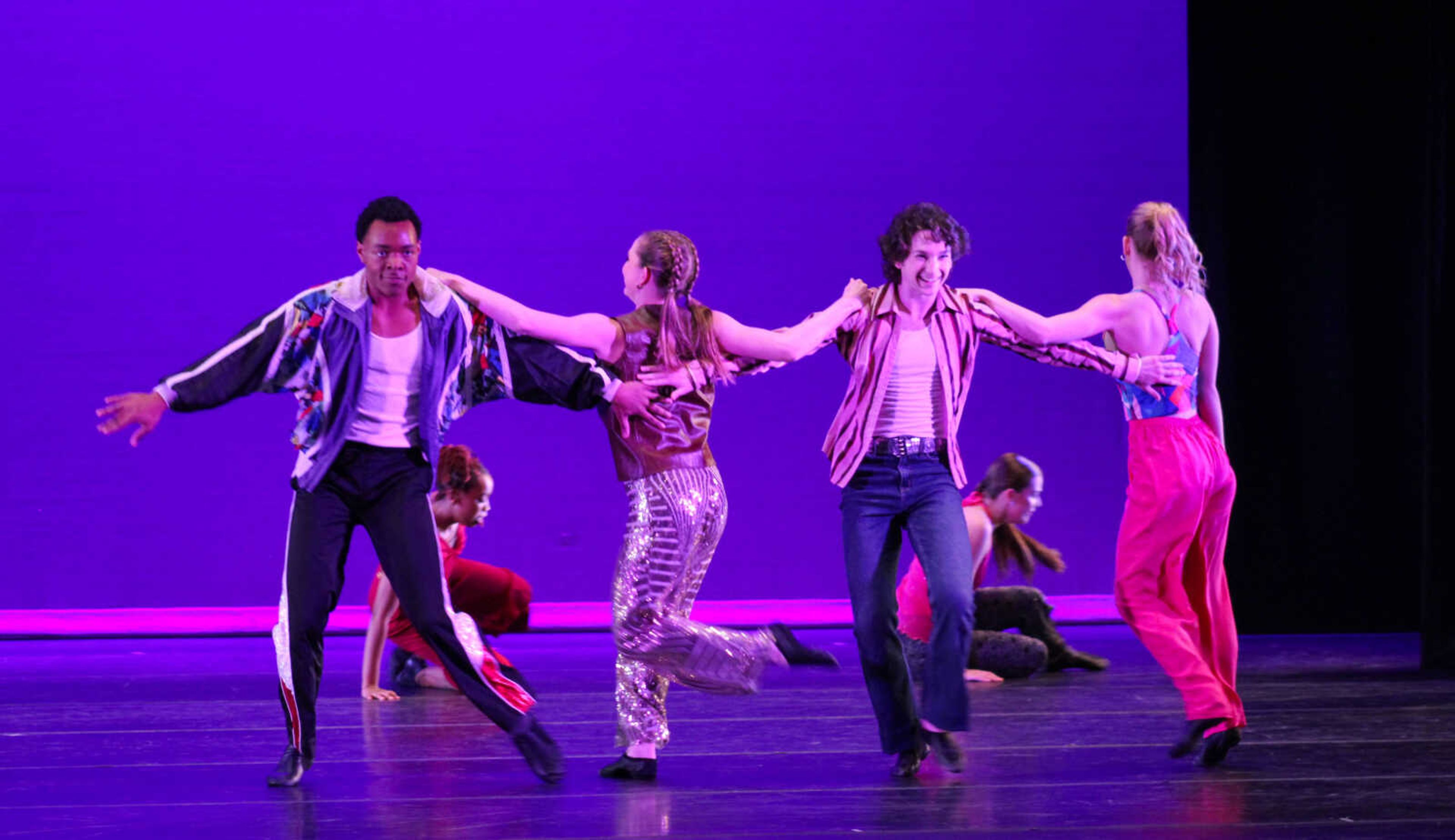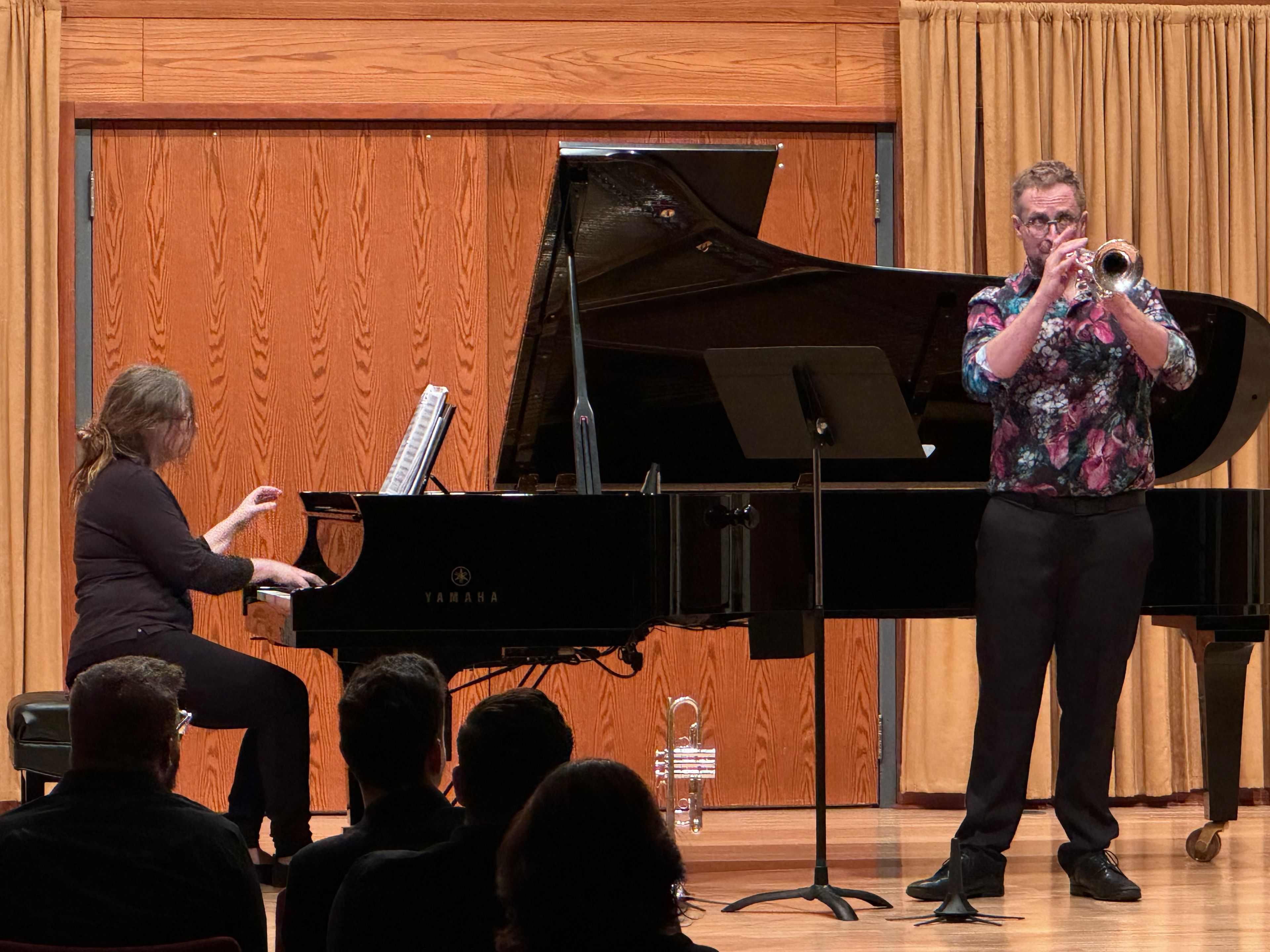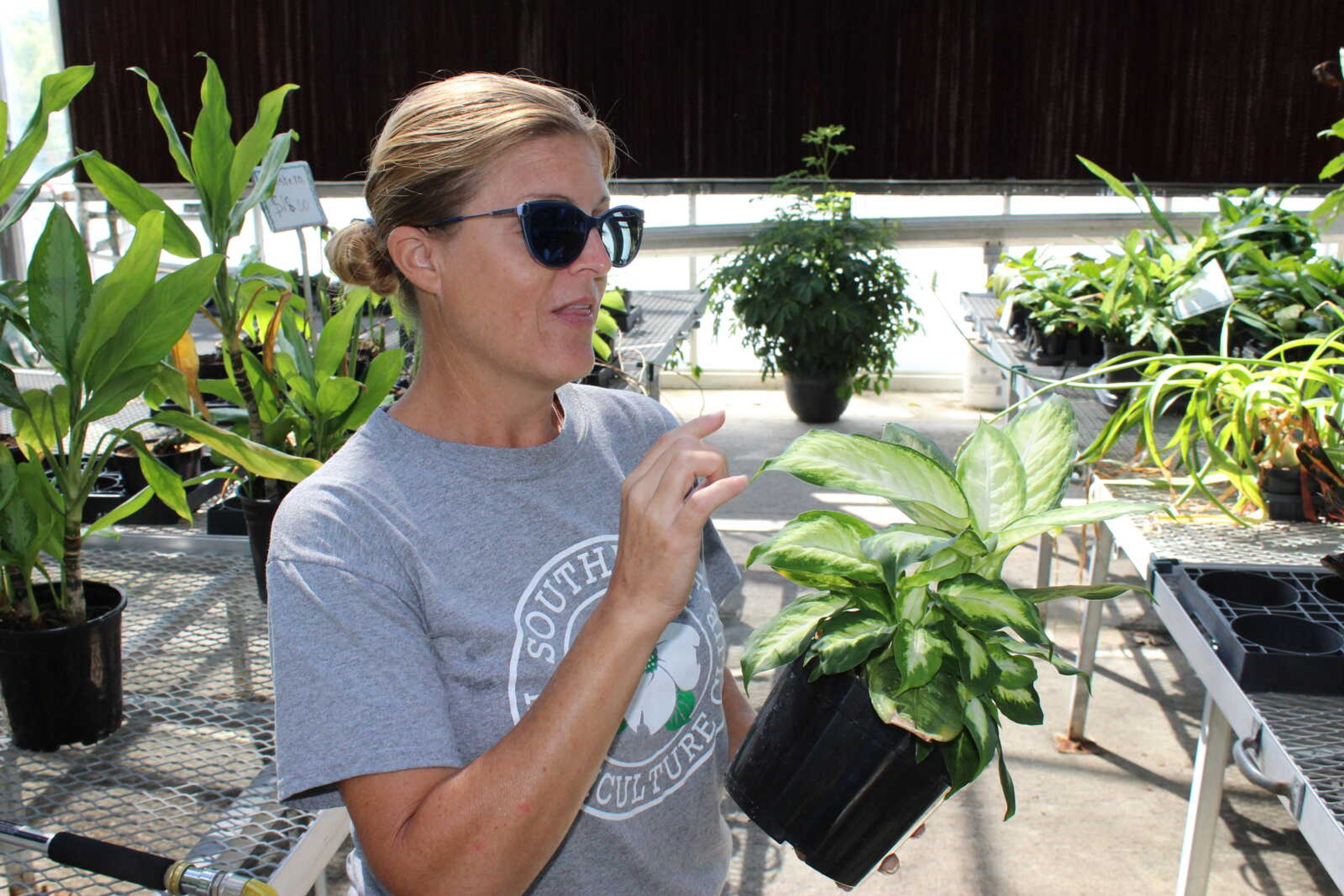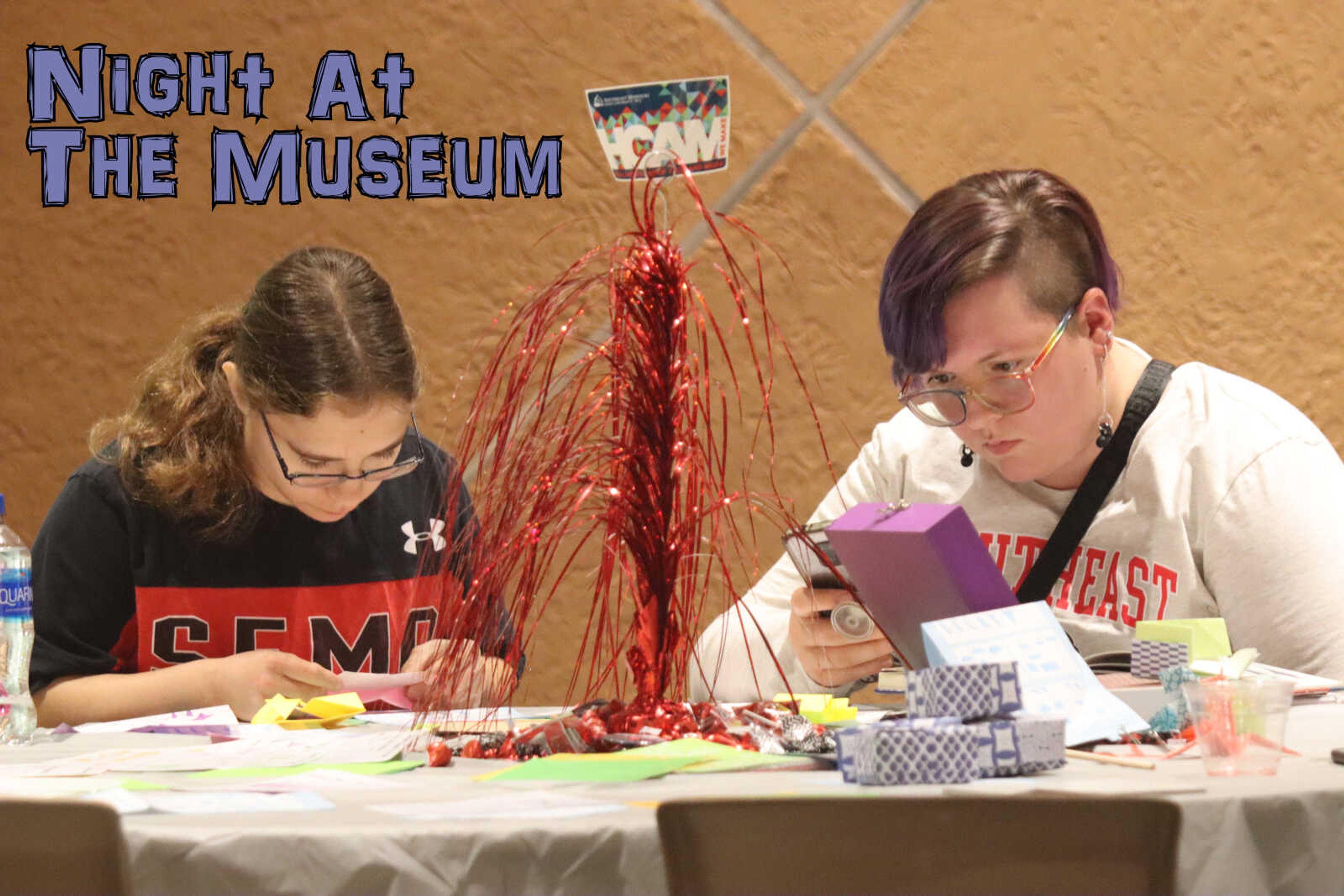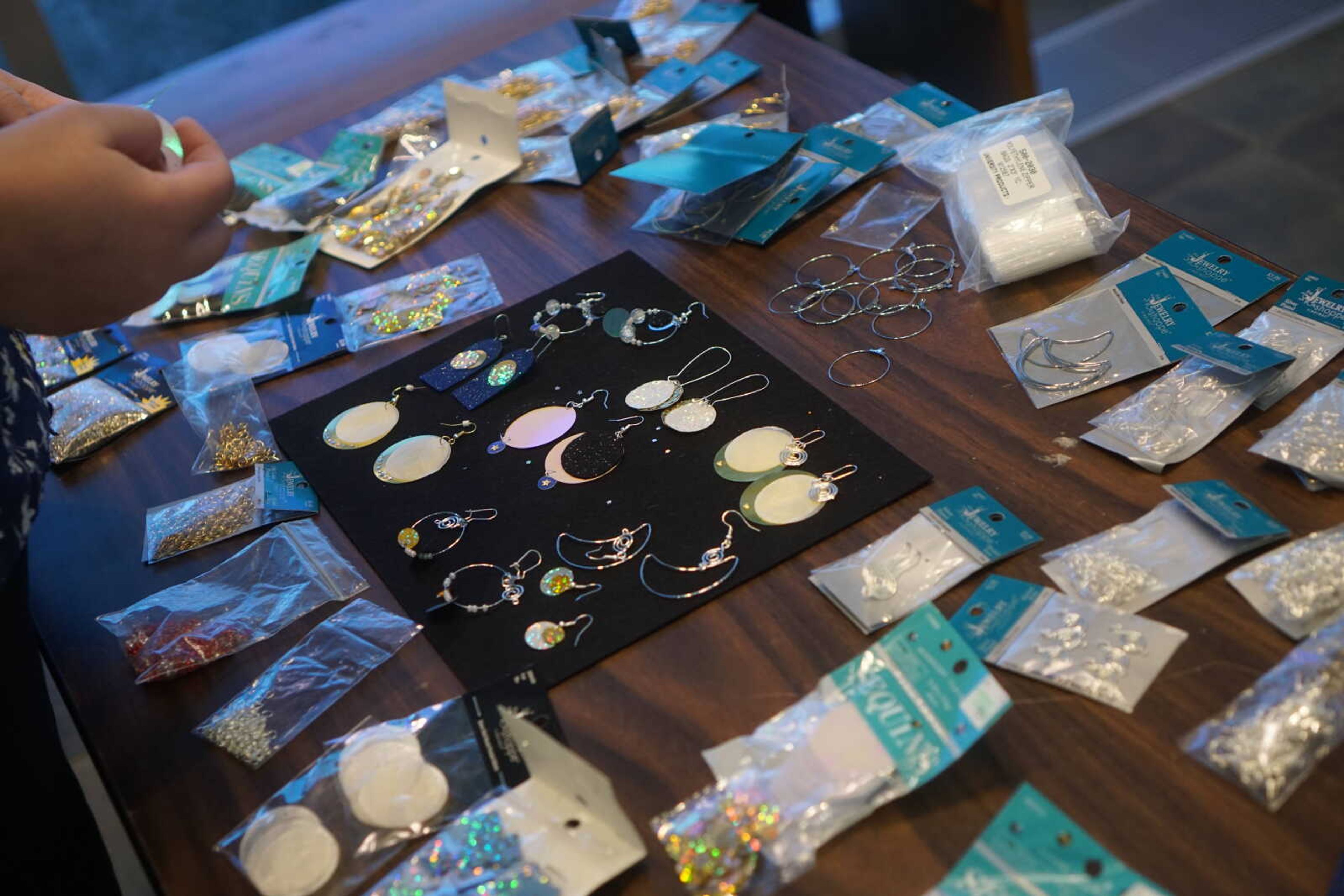ISSA hosts event to celebrate Indian culture
Some 500 people attended the Indian Subcontinent Student Association's Indian Night at the student Recreation Center March 23.
For international students, pursuing their education in a far away country can often be difficult. But when the campus community comes together in celebration of the diverse culture that makes up the student population, it can feel a bit closer to home.
Some 500 students, faculty and staff celebrated the culture of India at an event six months in the making on March 23 with music, dancing, traditional food and authentic dress; the staples of the culture.
Avradita Mukherjee, president of ISSA said the collaboration of students from America, Sri Lanka and Brazil were a large part of the event’s success. She said many of her friends share a love of Indian food and dance and were excited to wear borrowed traditional clothes in support.

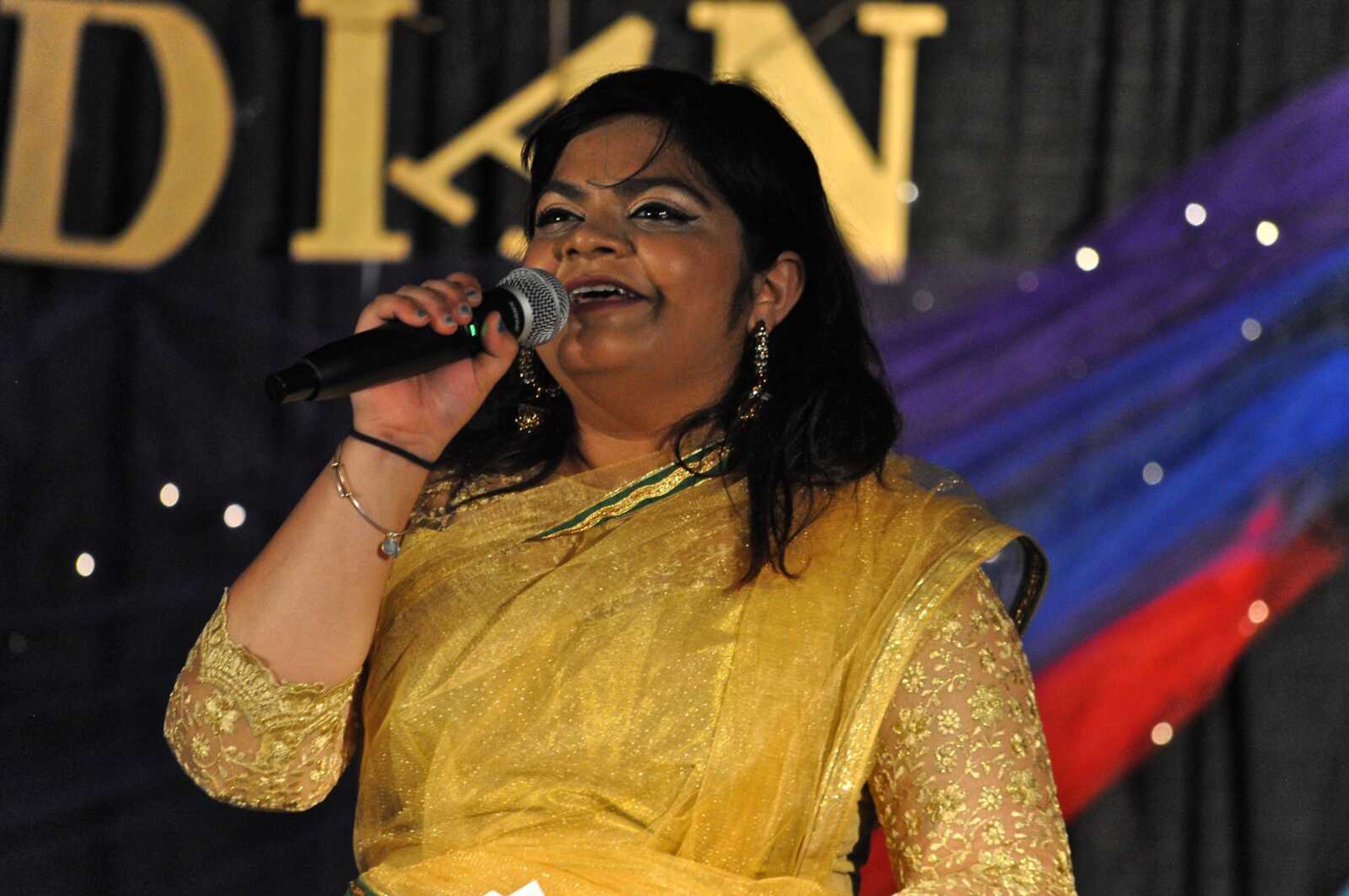
“I try to keep myself busy on campus so I don’t feel homesick, but then again I talk everyday of back home,” Mukherjee said. “But I’ve made so many friends here, both American and Indian, international friends. We get to wear authentic dresses and tell people this is what our country is, this is what our culture is.”
The performances of song, dance and games, were capped off with a miniature flashmob before turning the night over to the DJ.
“Everyone was dancing by the end of the night,” Mukherjee said.
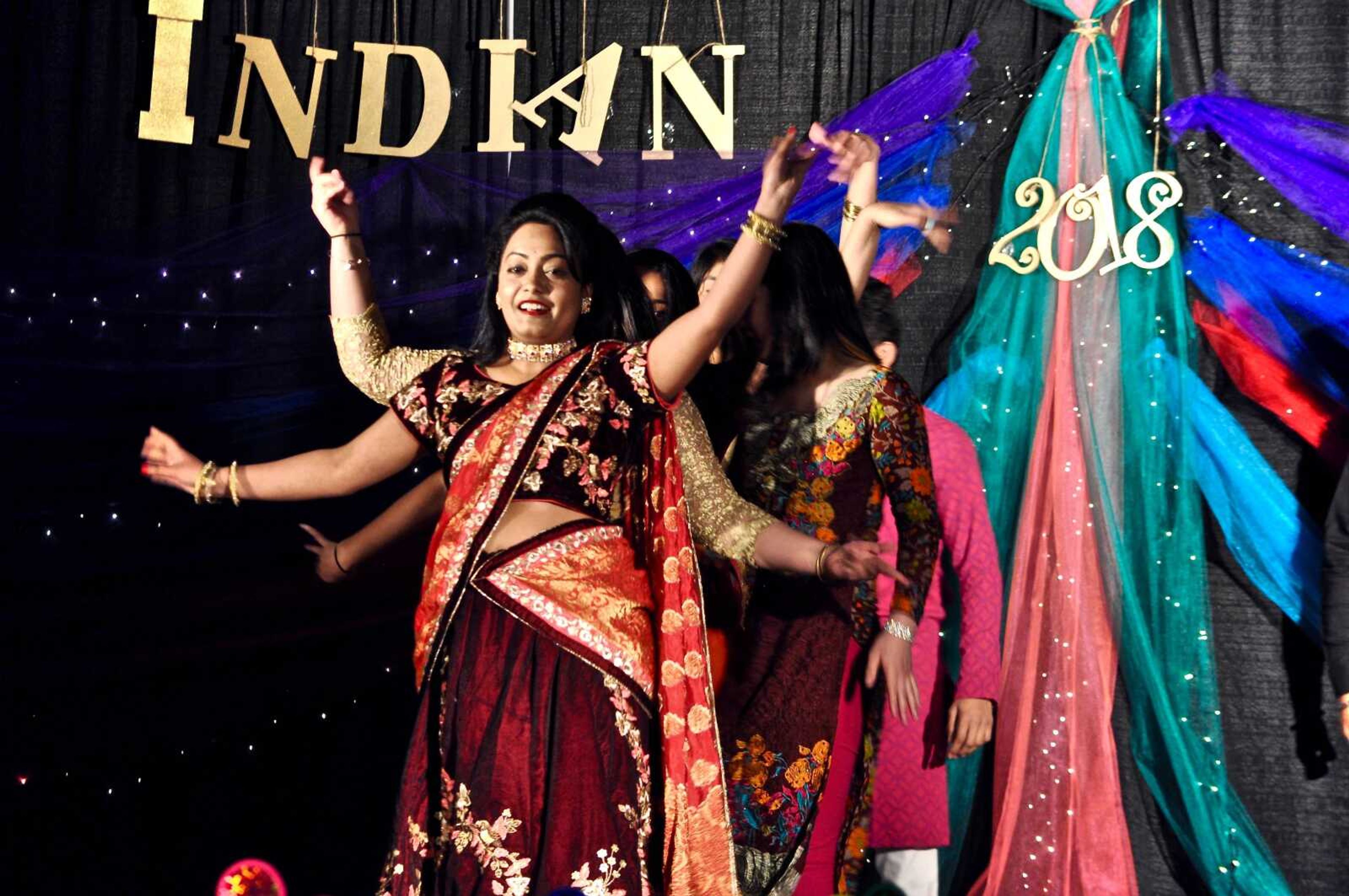
ISSA vice president Priyanka Kashyap said the night’s meal was catered by St. Louis restaurant Signature India, with a menu that included a vegetarian appetizer, four main courses and a dessert mango smoothie.
“Everyone loved the smoothie especially after all the spicy food,” Kashyap said.
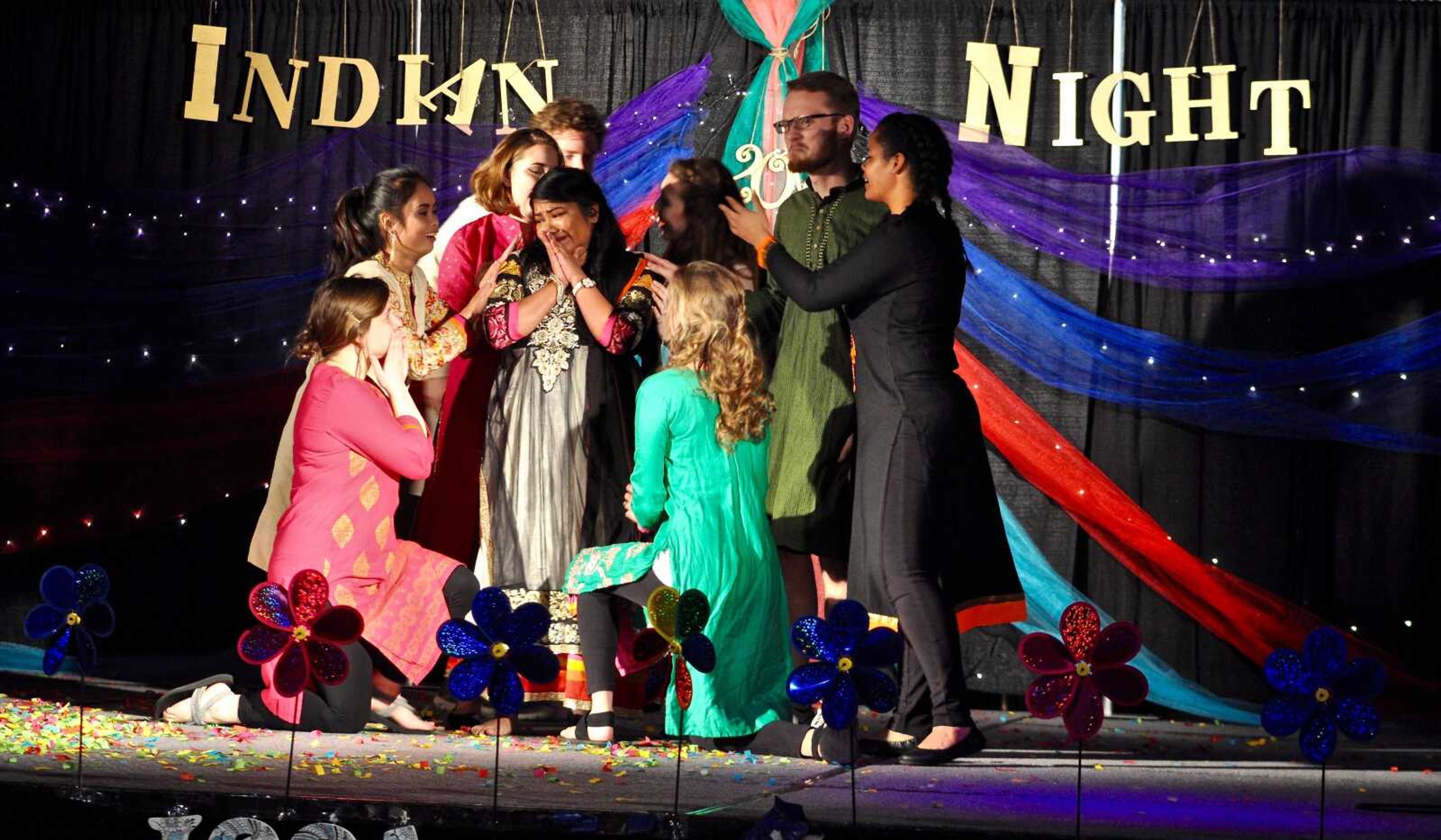
She said funding for the event came from their own efforts and the help of a few other campus organizations including SGA, RHA and DICE.
“Because of the budget cuts, a number of other international organizations have backed out of doing international events, so we sort of gave them a thumbs up, like you can do it, it is still happening,” Mukherjee said.
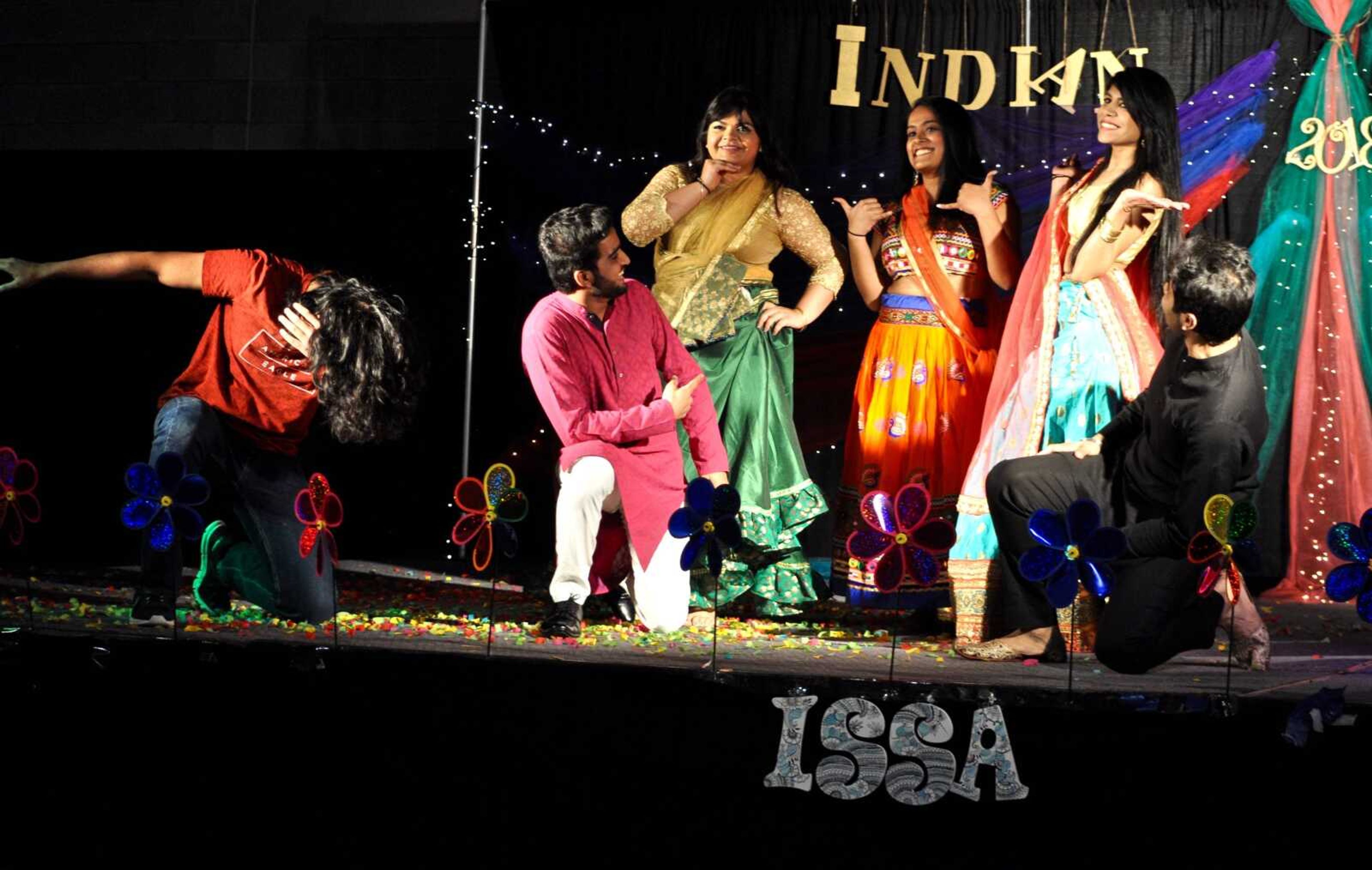
Kashyap said with some creativity and hard work, it is possible to make small budgets work for big events.
Kashyap and Mukherjee agreed that the Q&A portion of the night, where non-Indian participants were quizzed on the Nation’s culture and traditions, was one of the most engaging aspects.
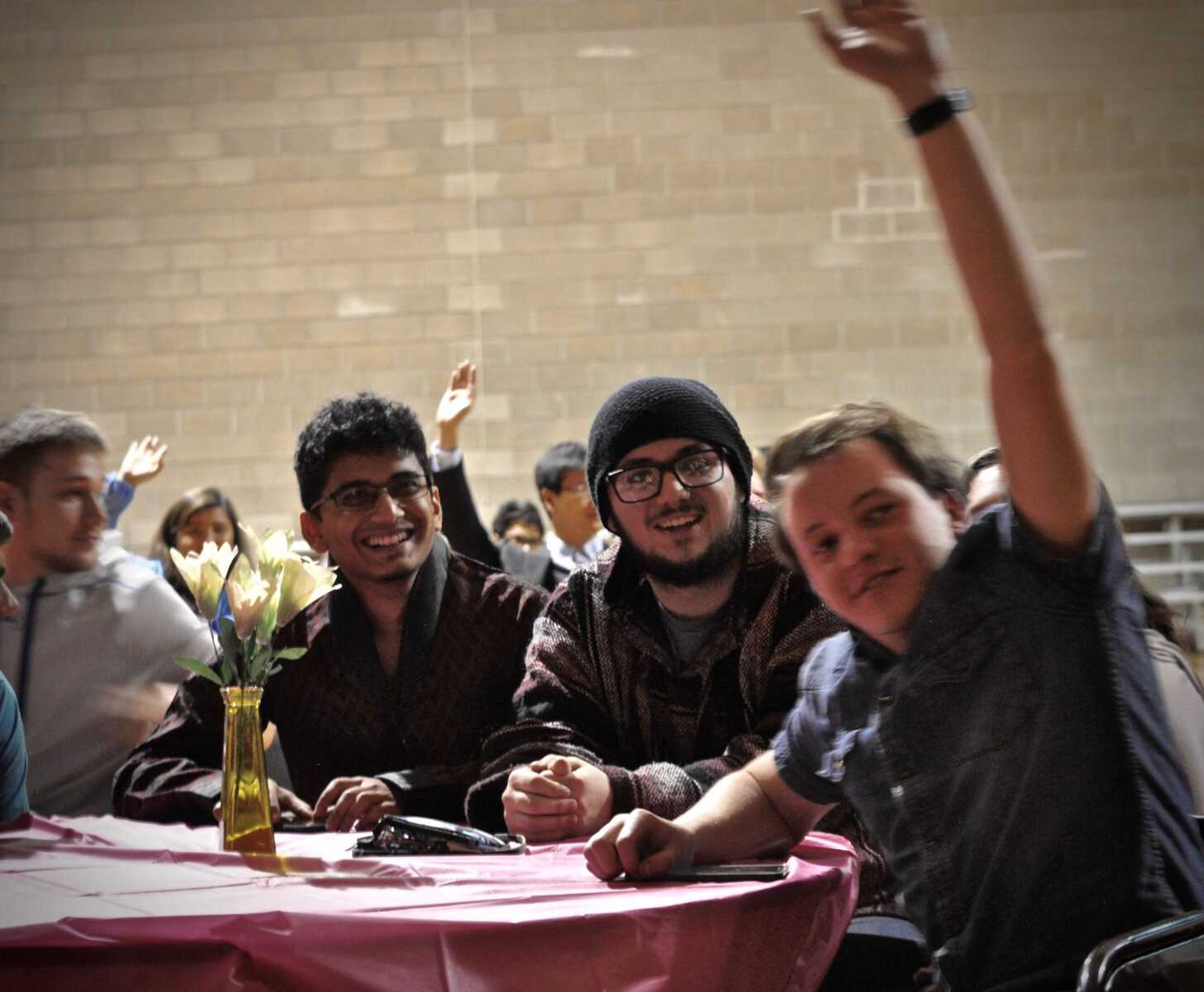
“Our major concern is how can we get everyone on campus, especially an American audience, to our events,” Kashyap said. “When you have people accepting you the way you want, it really motivates you to work even harder and make it bigger. If I was not part of ISSA I wouldn't have the experience of giving this joy to other people.”
Before the performances began the organization made time to honor the executive faculty members and their wives who were in attendance; presenting Southeast president Carlos Vargas and his wife with authentic Indian shawls in a show of appreciation and respect.
“In our culture, placing the shawl on his shoulders is a mark of tribute for the authorities that guide us,” Kashyap said.
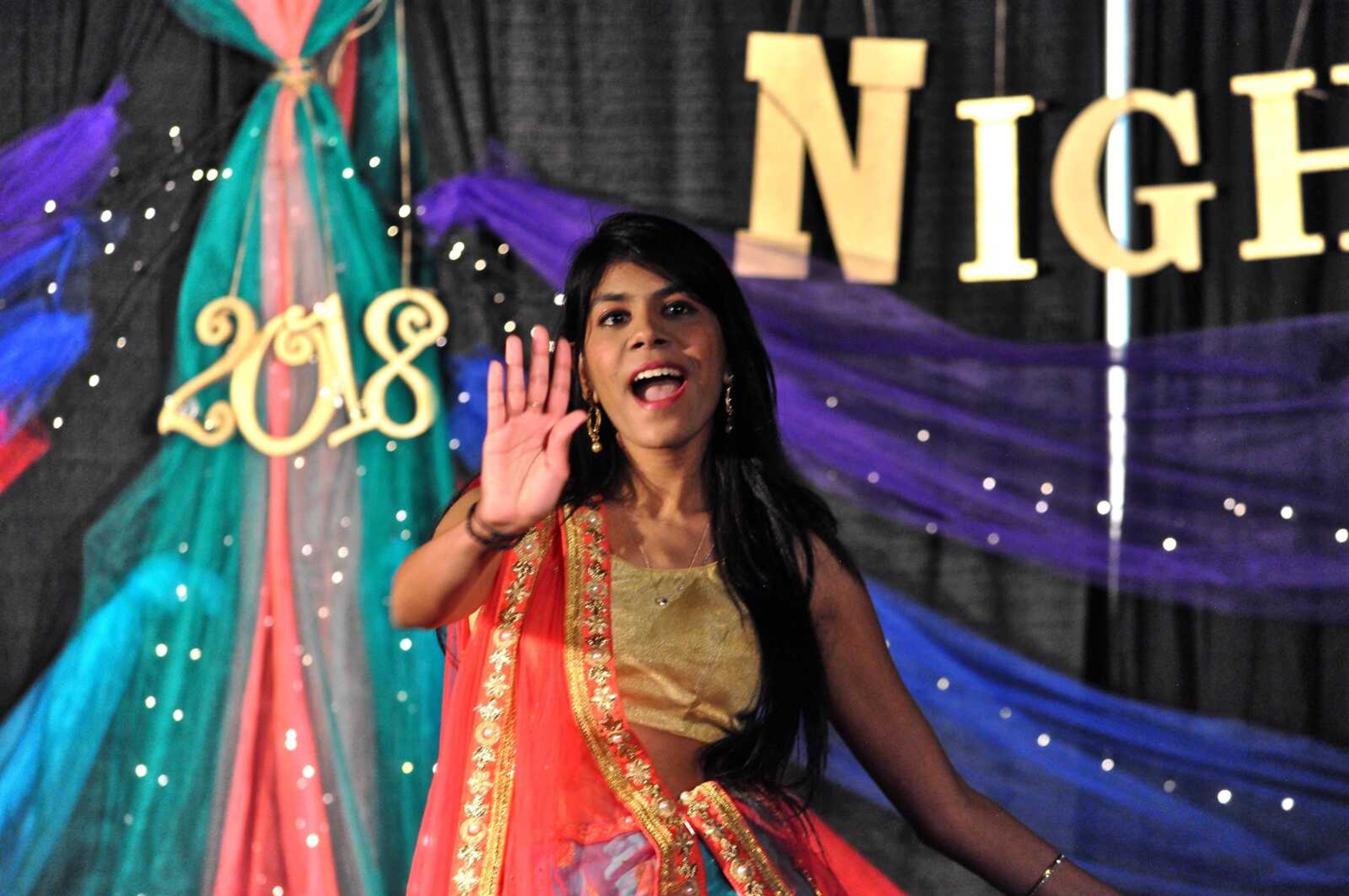
On missing home, Kashyap said that adjusting is key to pursuing an education overseas.
“It would be a big hindrance and you wouldn’t be able to perform if you were homesick all the time,” Kashyap said. “But on days when festivals are going on back home and photos are being posted from the celebration on every social media platform, and it doesn’t feel very festive here, those are the days we miss it the most.”
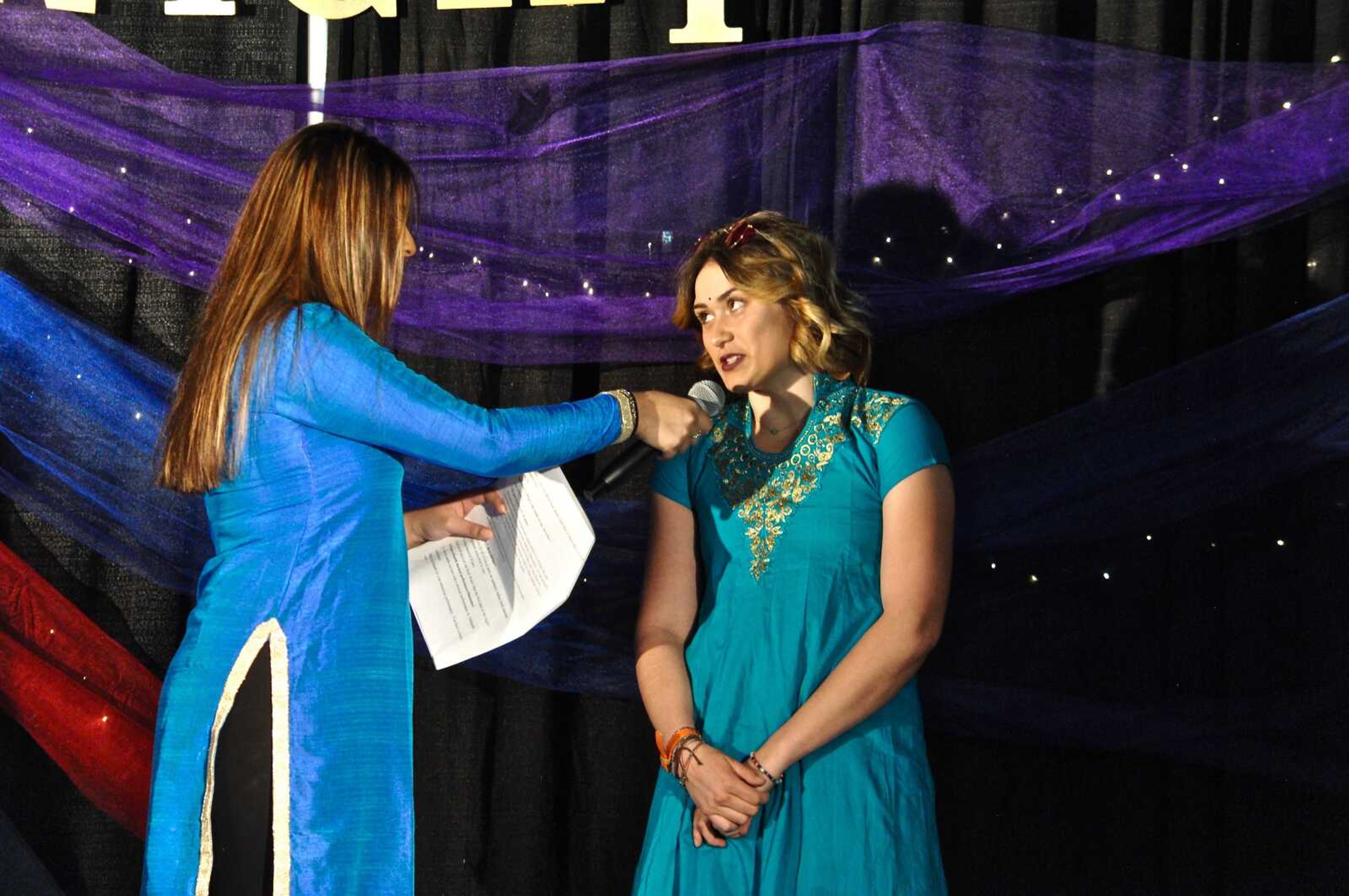
Events like Indian Night though, Kashyap said, are the closest thing to celebrating all of those festivals in one night.
To learn more about upcoming events visit the Indian Subcontinent Student Association’s Facebook page.

